The 8 Irish Whiskies To Help You Get Into The Spirit, Literally
If you thought Scotch whisky was confusing—and it is, delightfully so, a mystery we like to dunk ourselves into once or twice a week, at least—meet Irish whiskey.
A couple (innocuous) stereotypes distort our collective sense of Irish whiskey: that it’s always triple-distilled (not true), that therefore it’s generally “lighter” and “smoother” than Scotch (also not true). The basics of Irish whiskey are actually pretty simple: it has to be made in Ireland, distilled to less than 94.8% ABV, and aged for at least three years in wooden casks. Beyond that, it’s the distiller’s whim. Irish whiskey can be made with pot-distilled malted and unmalted barley, or blended with column-distilled grain whiskey. And, like Scotch, it can be aged in a variety of post-use spirit/liquor casks, imparting more flavor over time. (Unlike Scotch whisky, Irish whiskey can be made with the addition enzymes, but that’s another story. Also, there’s that “e” in the name. Simple enough.)
In fact it’s a shame the foray into Irish whiskey tends to stop at first-rung Jameson for so many of us. Fact is, even though Ireland technically only has three major distilleries, it churns out bottles of incredible, befuddling complexity—worth digging into if you’re a fan of whiskey and want to take the full tour.
You’ll find classically “Irish” flavors here, lighter, heathery, grassier than some Scotches, but you’ll find equally rough-hewn, broad-shouldered whiskies, with biscuity richness, caramel, spice, smoke, more than a match for their Scottish cousins. Forget reading, though. We figure the best way to understand the spirit is as nature, and a bunch of Irish distillers, intended: one bottle at a time.
Jameson Blended Whiskey
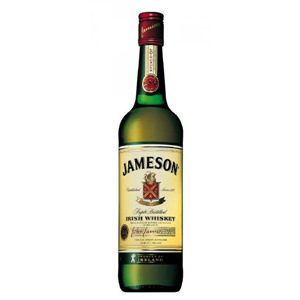
There’s no way to avoid it—Jameson’s a classic, and rightfully so (though if you really get into Irish whiskey, you’ll wanna start stepping up the Jameson ladder). But this one deserves mention because it’s a straight-up Irish blended whiskey, light and drinkable with characteristic notes of florals, grass, and fruit, a touch of honey and vanilla to smooth things out. (No need to shoot this one, PS.)
Bushmill’s Black Bush
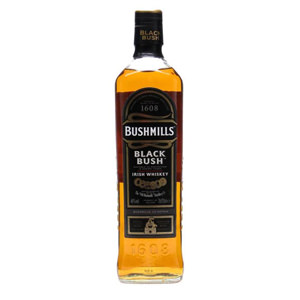
Bushmill’s also has a classic, triple-distilled blended Irish whiskey that’s a few bucks cheaper. But if you can afford it, go Black Bush. A blended whiskey, meaning it’s a mixture of lighter column still and richer pot still whiskies. Aged for 11 years in sherry casks, you’ll get some good fruit (grape, citrus) coupled with biscuity notes from the barley. Easy on the palate. And wallet. (Bushmill’s also does a 10-Year Single Malt for about $55.)
Kilbeggan 8 Year-Old Single Grain
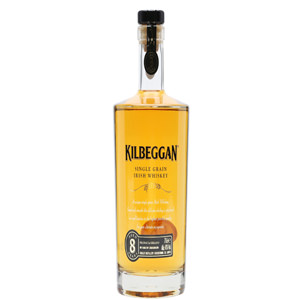
Single grains aren’t something you’ll see everywhere, so they’re worth a try. Kilbeggan’s 8 Year is Ireland’s “only aged Single Grain Irish whiskey,” made primarily with corn instead of barley and matured in bourbon casks. Look for tropical fruit, nuts, honey, vanilla, hints of spice from the oak.
Glendalough Double Barrel Irish Whiskey
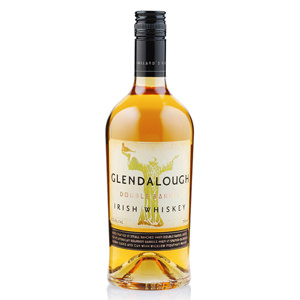
Another single grain, i.e. the product of one distillery, made with malted barley and corn, that spends three and a half years in American oak first-fill Bourbon barrels and six more months in Oloroso sherry casks. Expect a play of caramel depth and nut-edged fruit from the Sherry cask, laced through with subtle vanilla.
Tyreconnel Single Malt Irish Whiskey
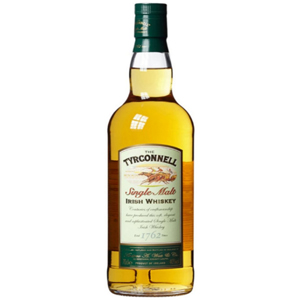
Single malt, like single grain, is the product of one distillery, except this is made from malted barley distilled in a pot still (no grain whiskey). For just 35 bucks, or thereabouts, you get a rarer form of Irish whiskey with fruit, spice, barley sweetness, and some dry grass at the finish. Smooth on the palate.
Teeling Single Grain Irish Whiskey
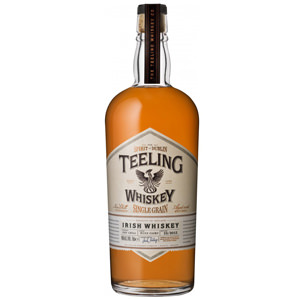
If you’re looking to splurge on a single grain Irish whiskey, Teeling might be the way to go. Finishing the whiskey in Cabernet Sauvignon casks draws out a little more fruit—red grapes, cranberry—with subtle spice on the nose and a balanced sweetness.
Connemara Peated Single Malt
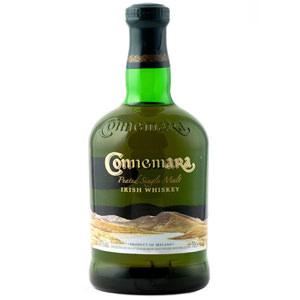
Here’s an Irish single malt whiskey that’s actually peated—meaning the malted barley is dried over a peat fire. That smokiness laces its way into the palate, twisting around notes of florals, barley, and rich honey. If you like peated Scotch—something a bit subtler and less saline than Ardbeg or Laphroaig—a good Irish whiskey to start with. Also the only peated Single Malt on the market.
Redbreast 12 Year-Old Single Pot BEST SPLURGE
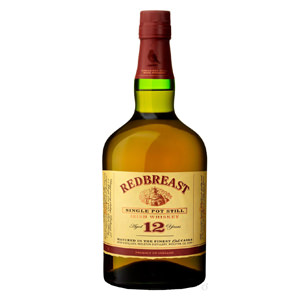
“Overall Whiskey of the Year” at the 2013 Irish whiskey awards, a “pure pot still” whiskey—a classic Irish style, made from malted andunmalted barley in a pot still—you’ll get great complexity from the nose, nutty, citrusy, spicy, which continue onto the palate, a bit richer, almost creamy. Spice dries out the long finish.
source: VinePair
 Блог Ireland.RU
Блог Ireland.RU
Добавить комментарий
Для отправки комментария вам необходимо авторизоваться.